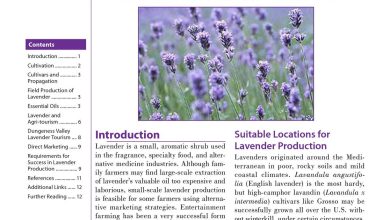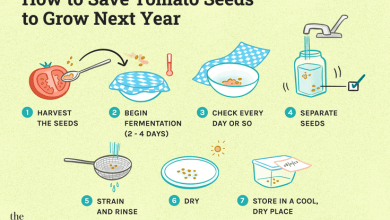How to plant capuchin


Capuchin is generally grown as an ornamental plant in gardens, both for its flowers, the shape of which inspired its popular name, and for its peltada leaves. But capuchin is also one of the best-known edible flowers, used in salads and several other types of recipes, where they add color and flavor. The leaves are also much appreciated, having a spicy taste similar to the watercress. Immature fruits can be used for preserves, being a good substitute for capers. The seeds can be ground and used as a substitute for pepper, as they are very spicy. Several other popular names are attributed to these plants, including nasturtiums, bloodflowers and watercress.
There are two species of capuchin, both native to South America, and hybrid plants of these species and other species of the genus Tropaeolum are also found :
Tropaeolum majus – Known only as capuchin or capuchin, this plant is a vine whose branches can extend for more than one meter, reaching up to three meters or more in some cultivars. Its pelleted leaves are between 3 and 15 cm in diameter.
Tropaeolum minus – known as capuchinha-anã or capuchinha-menor, is a smaller species than the previous one, and forms small clumps.

Climate
This plant is resistant and can be cultivated in various climatic conditions, but does not support very low temperatures or frosts.
Brightness
It blooms more if grown in direct sunlight, but also tolerates partial shade, as long as the light is good.

Ground
This plant is very tolerant of the soil, but in very fertile soils there is a greater growth of foliage and a relatively less production of flowers. Ideally, the soil should be light, well drained, moderately fertile and rich in organic matter.
Irrigation
Irrigate frequently so that the soil is always kept moist, but without being soaked.

Planting
It can be propagated through seeds or cuttings. The seeds can be sown directly at the final location, at a depth of approximately 1 cm. They can also be sown in seedlings, trays or paper cups, being transplanted when the seedlings have 4 or 6 real leaves. Germination takes approximately a week or two, but can be hastened by leaving the seeds in warm water for a day.
To multiply the plants by cutting, pieces of branches 10 to 15 cm long can be used, preferably removed from the middle of a well-developed branch. Plant two-thirds of the branch in the soil, which must be kept very moist to encourage rooting.
Spacing may vary with species, hybrid or cultivar, but generally adequate spacing is 60 to 90 cm between planting lines and 50 to 90 cm between plants. For the dwarf capuchin, 30 cm between the lines and the plants is enough.
Capuchins can also be grown in pots and planters.

Cultivation
For cultivars and capuchin hybrids that are climbing plants, an option is to place stakes or trellises so that the plants can wrap themselves around them, growing vertically. Without cuttings or other supports, the plants will spread laterally over the soil.
Remove weeds that are competing for resources and nutrients.

Harvest
The first harvest can be done approximately 50 days after planting, depending on the growing conditions. Flowers should be picked when they are fully open. The fruits should be harvested immature, when they are still totally green. Some people claim that the leaves harvested before the plant blooms taste better. The harvest can continue as long as the plants keep growing well.



![Photo of Prune a Plum: [Importance, Season, Tools, Considerations and Steps]](https://www.complete-gardening.com/wp-content/uploads/2022/08/prune-a-plum-importance-season-tools-considerations-and-steps-390x220.jpg)

